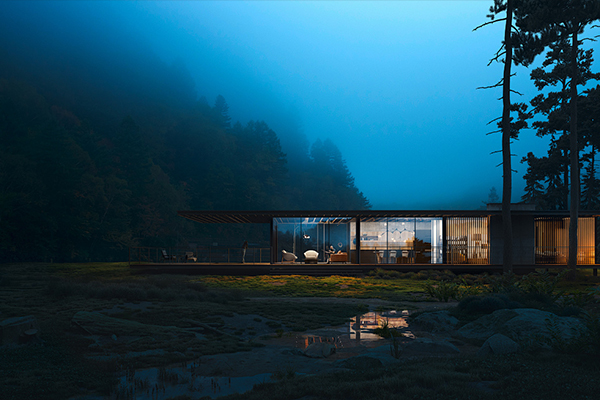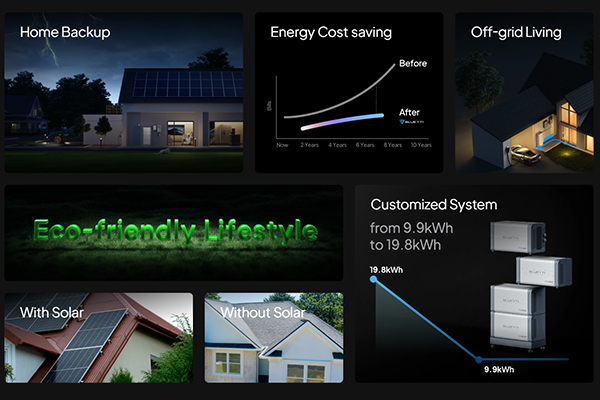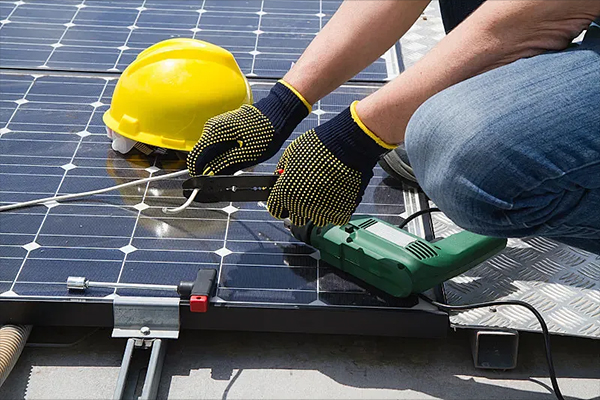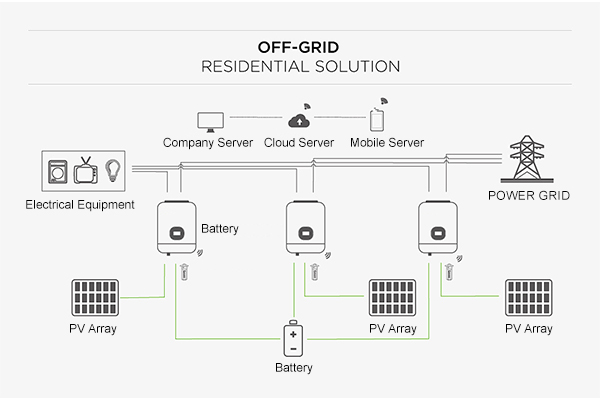Off Grid Lighting – Reliable Solution for Construction & Remote Sites?
Product Introduction
Off Grid Lighting – Reliable Solution for Construction & Remote Sites?

Construction sites and remote areas often lack reliable power. That’s frustrating, dangerous, and expensive.
Off-grid lighting offers consistent illumination where grid power isn’t available or practical.
Don’t leave your project in the dark—learn how to choose the right solution.
What is Off Grid Lighting?
Off-grid lighting sounds self-explanatory, but it can be hard to know what’s involved.【配图】
Off-grid lighting systems work independently from the power grid, often using solar panels and batteries.

Off-grid lighting systems are designed for places without electricity. I once managed a project deep in the mountains. We needed lights for nighttime work, but connecting to the power grid wasn’t possible. We used solar-powered towers instead. It saved money and worked every night.
Core Components of Off-Grid Lighting
|
Component |
Function |
|
Solar Panels |
Collect sunlight and convert it to energy |
|
Battery Storage |
Store energy for use during nighttime |
|
LED Fixtures |
Provide energy-efficient light |
|
Charge Controller |
Manage battery charging safely |
Key Features to Consider
- Mobility: Can you move it between locations?
- Weatherproofing: Will it survive rain or snow?
- Battery Life: Does it last all night?
Some systems use wind or diesel, but solar is the most common. That’s because it’s silent and renewable. There are trade-offs. Solar lights need sunlight. In rainy or shaded places, performance drops. But for most outdoor sites, it’s good enough.
If you’re choosing off-grid lighting, think about how long you’ll use it, what brightness you need, and how much sun your location gets.
What is the cheapest off-grid power?
Everyone wants a reliable system—but no one wants to spend too much.
Solar energy is usually the most affordable long-term option for off-grid power needs.

I used to think generators were cheaper. At first, they are. But over time, fuel and maintenance costs pile up. When I switched to solar for a long-term project, the savings were obvious after six months.
Power Options Comparison
|
Power Source |
Upfront Cost |
Ongoing Cost |
Maintenance |
Noise Level |
|
Solar |
Medium |
Very Low |
Low |
Silent |
|
Diesel |
Low |
High |
Medium |
Loud |
|
Wind |
High |
Low |
High |
Noisy |
|
Propane |
Medium |
Medium |
Medium |
Moderate |
Why Solar Is Often Cheapest
- No fuel costs: The sun is free.
- Low maintenance: Fewer moving parts.
- Scalable: Add more panels if you need more power.
Of course, solar isn’t perfect. If your site gets little sun, then hybrid systems—solar plus diesel backup—might work better. But if you plan for regular use, solar becomes cheaper each day. I always advise clients to calculate the “lifetime cost” rather than just the purchase price.
Tips to Reduce Costs
- Use LED lights: They draw less power.
- Keep panels clean: More sunlight equals more energy.
- Invest in good batteries: Cheap ones don’t last.
How do you light an off-grid cabin?
Lighting a remote cabin sounds simple, but it needs planning to avoid frustration.
Use a combination of solar panels, batteries, and efficient lighting fixtures to power off-grid cabins.

I’ve spent weekends in off-grid cabins with no electricity. At first, I used candles and flashlights. But they were dim and short-lived. Later, I installed a basic solar system with a 100Ah battery and 300W solar panel. It powered LED bulbs, a small fan, and even charged my phone.
Common Setup for Cabin Lighting
|
Element |
Purpose |
|
Solar Panel |
Captures daytime sunlight |
|
Charge Controller |
Regulates energy flow |
|
Deep Cycle Battery |
Stores energy for night use |
|
LED Lights |
Low-energy, bright lighting |
Layout Tips
- Use motion sensors for outdoor lights to save energy.
- Choose warm light LEDs for a cozy cabin feel.
- Install skylights to reduce lighting needs during the day.
Battery Sizing Guide
|
Usage Example |
Estimated Power (Watts) |
Daily Hours |
Total Daily Watt-Hours |
|
3 LED Bulbs |
30 |
5 |
150 |
|
USB Device Charging |
15 |
2 |
30 |
|
Fan |
50 |
4 |
200 |
|
Total |
|
|
380 Wh/day |
For that 380Wh/day usage, a 12V 100Ah battery (≈1200Wh usable) is enough for 2–3 days of cloudy weather.
If you don’t want to build a system from scratch, there are kits. Just make sure to size it properly. Don’t forget the little things—like cable lengths or weatherproof boxes. These details matter more when you’re far from help.
Off-grid lighting offers safe, low-cost, and flexible power where grid access fails.
